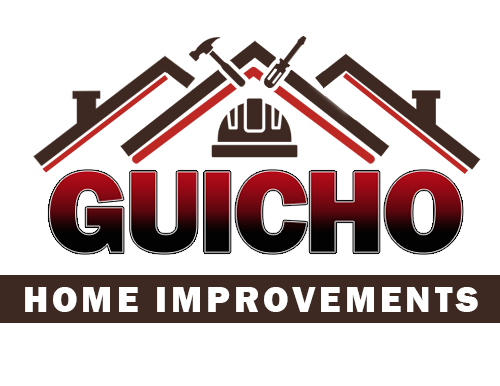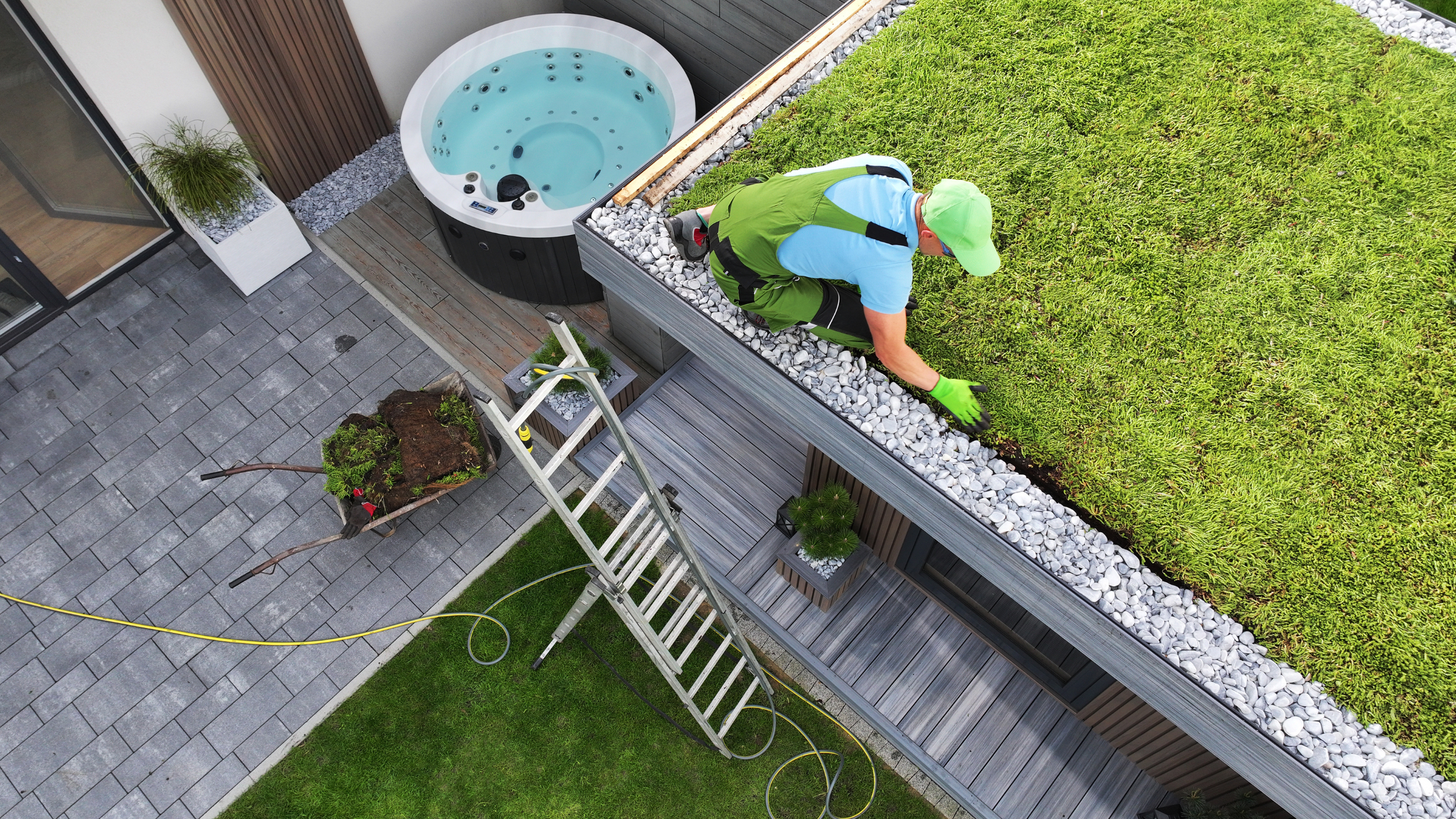In sustainable architecture and eco-friendly solutions, green roofing stands as a beacon of innovation and environmental consciousness. Beyond just providing shelter, green roofs epitomize the harmonious integration of nature and infrastructure, offering many benefits for both urban landscapes and the planet as a whole.
Count on our Wayne Roof Experts for assistance. If your roof is aging and showing signs of disarray, it could be time to think about a replacement. However, for minor storm damage, a repair might suffice. Contact us today to schedule an evaluation with one of our knowledgeable roofing experts!
What makes a roof green?
The essence of a green roof lies in its multifaceted composition. Typically, it comprises layers of waterproofing membranes, drainage systems, growing medium, and vegetation. This amalgamation not only insulates buildings, reducing energy consumption for heating and cooling, but also acts as a natural filter, purifying rainwater and mitigating the adverse effects of runoff.
Exploring Energy-Efficient Options: Cool Roofs and Solar-Ready Solutions
Cool roofs adorned with reflective surfaces deflect solar radiation, reducing heat absorption and minimizing indoor temperatures. This enhances occupant comfort and alleviates the strain on air conditioning systems, leading to significant energy savings.
Moreover, integrating solar-ready features into green roofs presents an unparalleled opportunity to harness renewable energy sources. By seamlessly incorporating solar panels into the roofing structure, buildings can generate clean electricity while maximizing their sustainability quotient.
Vegetative/Living Roofs: Oasis Amidst Concrete Jungles
Vegetative or living roofs epitomize green roofing, showcasing lush gardens and thriving ecosystems atop buildings. Beyond their aesthetic appeal, these verdant landscapes serve as carbon sinks, sequestering atmospheric carbon dioxide and mitigating the urban heat island effect. Additionally, they provide habitats for birds, insects, and other wildlife, promoting biodiversity in urban environments.
Environmental Benefits of Green Roofs
1. Temperature Regulation: Green roofs act as natural insulators, reducing heat transfer and lowering indoor temperatures, decreasing the demand for artificial cooling.
2. Stormwater Management: By absorbing and filtrating rainwater, green roofs alleviate the burden on drainage systems, mitigating the risk of urban flooding and pollution of water bodies.
3. Air Quality Improvement: Through photosynthesis, vegetation on green roofs absorbs atmospheric pollutants, such as carbon dioxide and particulate matter, contributing to cleaner air and healthier living environments.
4. Biodiversity Promotion: Green roofs provide habitats for many plant and animal species, fostering biodiversity and ecological resilience in urban settings.
5. Noise Reduction: The layers of soil and vegetation on green roofs act as sound barriers, attenuating noise pollution from external sources and enhancing acoustic comfort within buildings.
6. Extended Roof Lifespan: The protective layers of vegetation and growing medium shield the roofing membrane from harsh weather conditions and UV radiation, prolonging its durability and reducing maintenance costs.
7. Carbon Sequestration: Vegetation on green roofs sequesters carbon dioxide, offsetting carbon emissions and contributing to climate change mitigation efforts.
8. Urban Heat Island Mitigation: By reducing surface temperatures and increasing evapotranspiration, green roofs mitigate the urban heat island effect, enhancing city livability and reducing energy consumption for cooling.
9. Aesthetic Enhancement: Green roofs enhance the visual appeal of buildings, transforming them into verdant oases amidst urban landscapes, fostering a sense of connection with nature.
10. Property Value Enhancement: Green roofs’ environmental and aesthetic benefits translate into increased property values, making them a sound investment for building owners and developers.
The Three Types of Green Roofs
1. Extensive Green Roofs: Characterized by shallow soil depth and low-maintenance vegetation such as sedums and grasses, extensive green roofs are lightweight and ideal for retrofitting existing buildings.
2. Intensive Green Roofs: With deeper soil profiles and a diverse range of plant species, including shrubs, trees, and even small water features, intensive green roofs offer greater biodiversity and recreational opportunities but require more maintenance and structural support.
3. Semi-Intensive Green Roofs: Combining elements of both extensive and intensive green roofs, semi-intensive green roofs balance biodiversity and maintenance requirements, offering flexibility in design and functionality.
Conclusion
In the quest for sustainable urban development, green roofing emerges as a transformative solution, offering many environmental, economic, and social benefits. By embracing ecological design principles and harnessing nature’s regenerative power, we can create resilient, livable cities that thrive in harmony with the natural world. As we pave the way towards a greener future, let us unlock the full potential of green roofing as a catalyst for positive change, one rooftop at a time.





